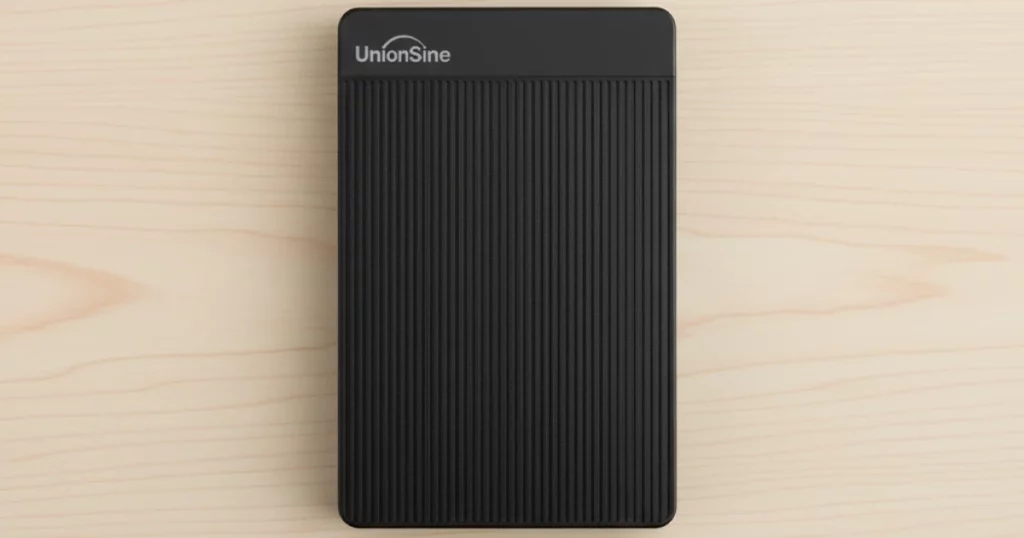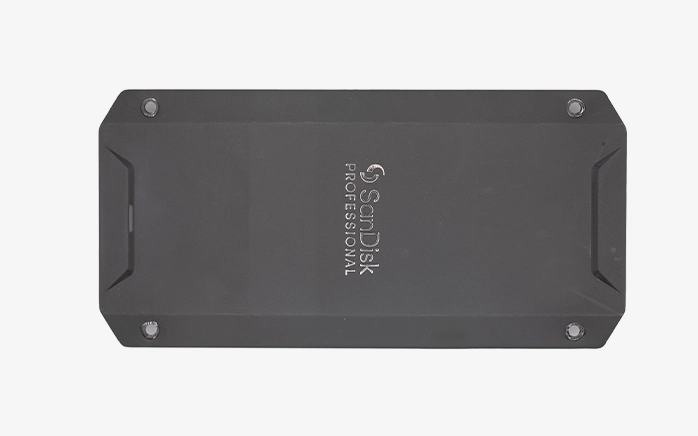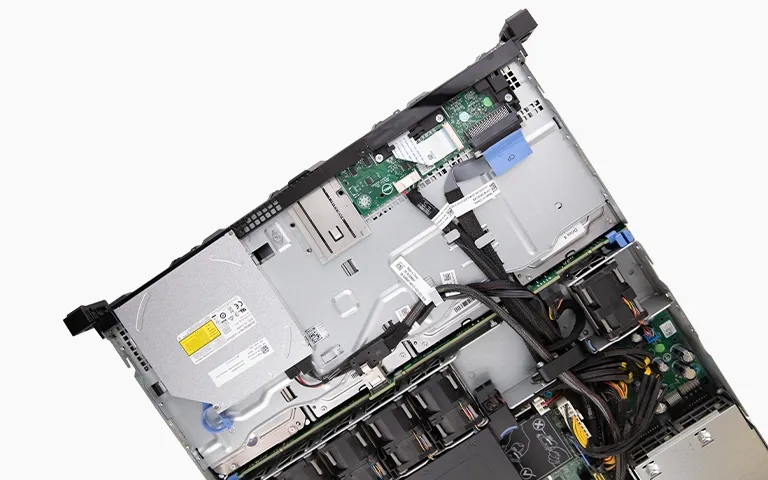Overview: Critical Oracle Database Failure on HP ProLiant Server
Oracle databases power core operations for many enterprise systems. When a server running this database fails, the result can cripple business continuity. In this case study, we detail how PITS Data Recovery successfully executed an HP server data recovery, retrieving a corrupted Oracle database from an HP ProLiant DL380 Gen10 server configured with RAID 60 and twelve 600GB SAS hard drives, after a sudden hardware failure caused data inaccessibility.
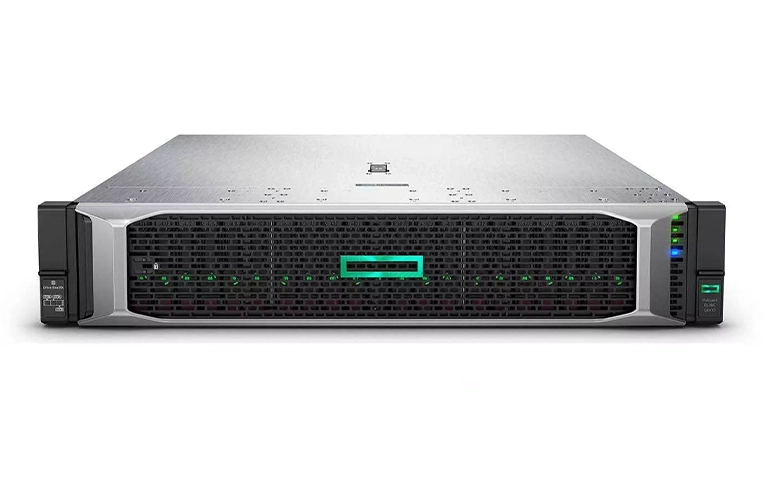
The Situation: Oracle Server Crash and Immediate Data Loss
A logistics firm experienced a critical crash of its Oracle database system, hosted on an HP ProLiant DL380 Gen10 server. The server was configured with a RAID 60 array made up of twelve 600GB SAS drives, designed for both speed and redundancy. However, a sudden power fluctuation caused the RAID array to degrade and the system to become unresponsive.
This server housed critical Oracle data including customer orders, shipping records, and financial logs. Unfortunately, the company had recently experienced a backup configuration failure, meaning no valid backup had been generated for over a week. With millions of records potentially lost and operations halted, the client turned to PITS Data Recovery for emergency assistance.
Initial Assessment: Evaluating RAID 60 Failure
Upon receiving all twelve drives from the DL380 Gen10 server, our engineering team immediately began diagnostics in a static-safe cleanroom environment. Several drives showed sector-level read instability, and the RAID controller metadata was partially corrupted.
To begin reconstruction, our specialists:
- Imaged all twelve drives using forensic-grade tools
- Identified stripe patterns and block sizes for RAID 60 (a striped array of RAID 6 volumes)
- Rebuilt the virtual RAID environment using software-defined RAID simulation
This process allowed us to reconstruct the original logical volume and access the Oracle file system without risking further damage.
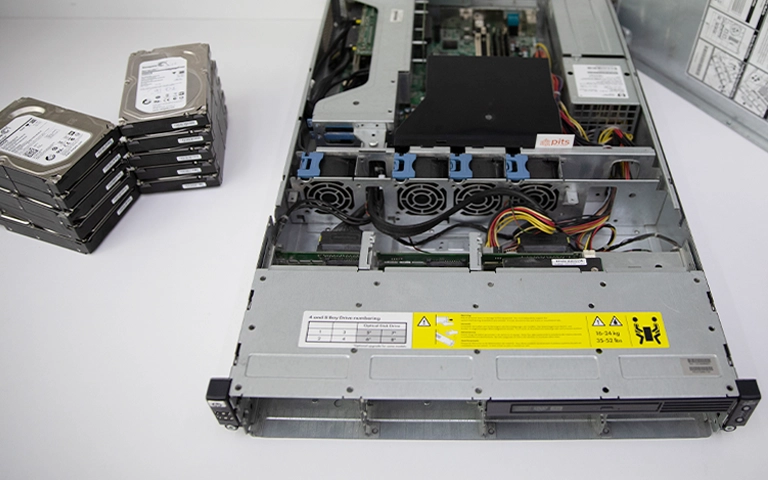
Recovery Process: Oracle Database Reconstruction
With the volume successfully mounted, our engineers focused on restoring the Oracle database:
1. Extracting and Validating Data Files
Oracle data files (.DBF), control files (.CTL), and archive logs were located and extracted. We validated their integrity through internal consistency checks to ensure the files were not logically corrupt.
2. Using Oracle RMAN for Restoration
Our team deployed a mirrored recovery server to safely mount and restore the database using Oracle Recovery Manager (RMAN).
bash
CopyEdit
rman target /
RESTORE DATABASE;
RECOVER DATABASE;
RMAN allowed full recovery to the most recent available transaction state by applying archive logs and undo data.
Get a Free Consultation.
Our recovery experts are ready to assess your device and guide you through the safest path to recovery. Fill out the form to get started.
"*" indicates required fields
3. No Flashback Available
Oracle Flashback features had not been enabled on the original database, which would have allowed point-in-time recovery without restoring full backups. This limited recovery options, but our engineers successfully completed the process using raw data files.
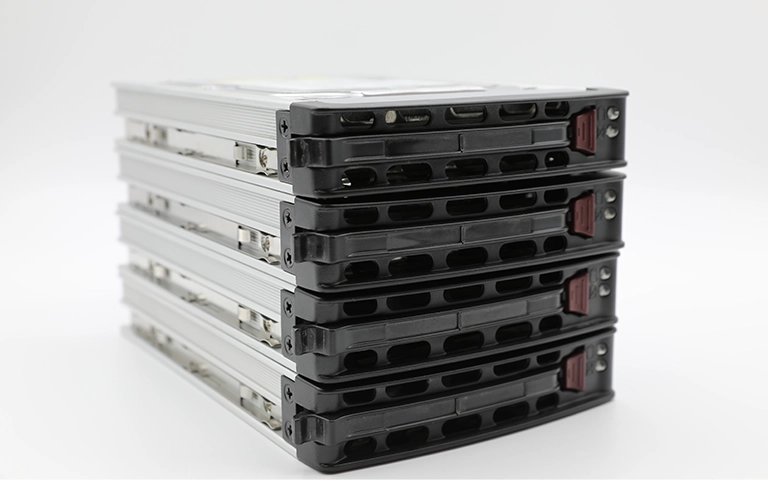
4. Repairing Invalid Objects
A post-recovery inspection revealed several invalid objects in the database. Using Oracle’s system views, these objects were identified and recompiled:
sql
CopyEdit
SELECT * FROM dba_objects WHERE status = ‘INVALID’;
All essential tables, procedures, and triggers were restored to operational status.
Post-Recovery Validation and Testing
To ensure data consistency and system readiness, our team collaborated with the client’s IT department to conduct:
- Transaction integrity checks
- Query performance testing
- Application-layer reconnection to the database
- System event log review
All tests passed, confirming that the database was fully restored and stable.
Your Data Security Is Our Priority
Data privacy isn’t optional. It’s our commitment. Our secure recovery process ensures your sensitive information stays protected from start to finish.
HIPAA Compliant
GDPR Compliant
Secure Facility
NDA Available
Trust in certified security. Start your recovery today! Call Now: 888.611.0737
Key Lessons and Best Practices
This case underscores the importance of strong data resilience strategies in enterprise environments:
Use Multi-Tiered Backup Solutions
Configure RMAN with both local and cloud-based backup destinations, and audit these systems routinely.
Monitor RAID Health in Real-Time
HP iLO and similar tools should be leveraged to detect disk degradation or predictive failures early.
Document and Test Disaster Recovery Plans
Routine drills and checklists ensure faster response in a real failure scenario.
Enable Flashback and Archive Logging
These features can reduce recovery time and enhance your chances of recovering from user or logical errors.
Final Results
Within 72 hours of receiving the failed HP ProLiant DL380 Gen10 server’s drives, PITS Data Recovery:
- Fully rebuilt the RAID 60 array
- Extracted and restored the Oracle database
- Recovered 100% of the client’s critical records
- Delivered the restored database on a secure external RAID volume
Business operations resumed with minimal loss, and the client has since implemented stronger data protection measures based on our recommendations.
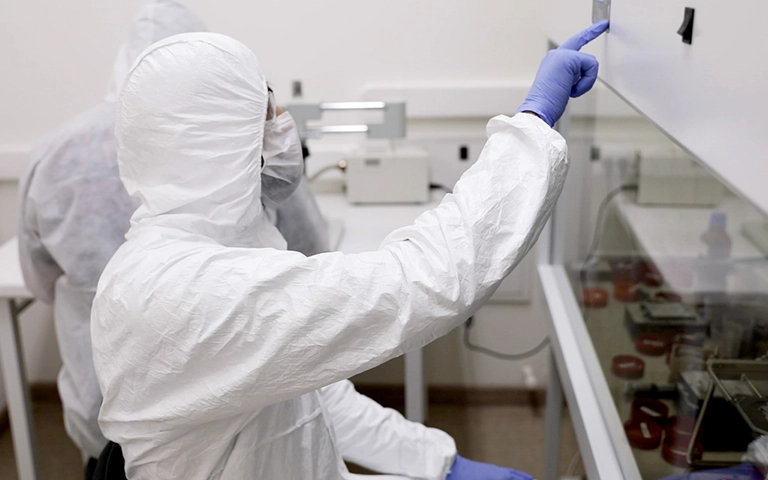
Need Urgent Oracle Database Recovery?
Whether your Oracle system has been affected by RAID failure, controller damage, or corruption, PITS Data Recovery has the tools and expertise to help. Our engineers specialize in complex enterprise server data recovery from servers like the HP ProLiant DL380 Gen10.
Watch what our customer saying
Contact us today for a free consultation and immediate support.
Don't Let Data Loss Ruin Your Business
Minimize business disruption. We retrieve lost data fast, so you can focus on what matters.

